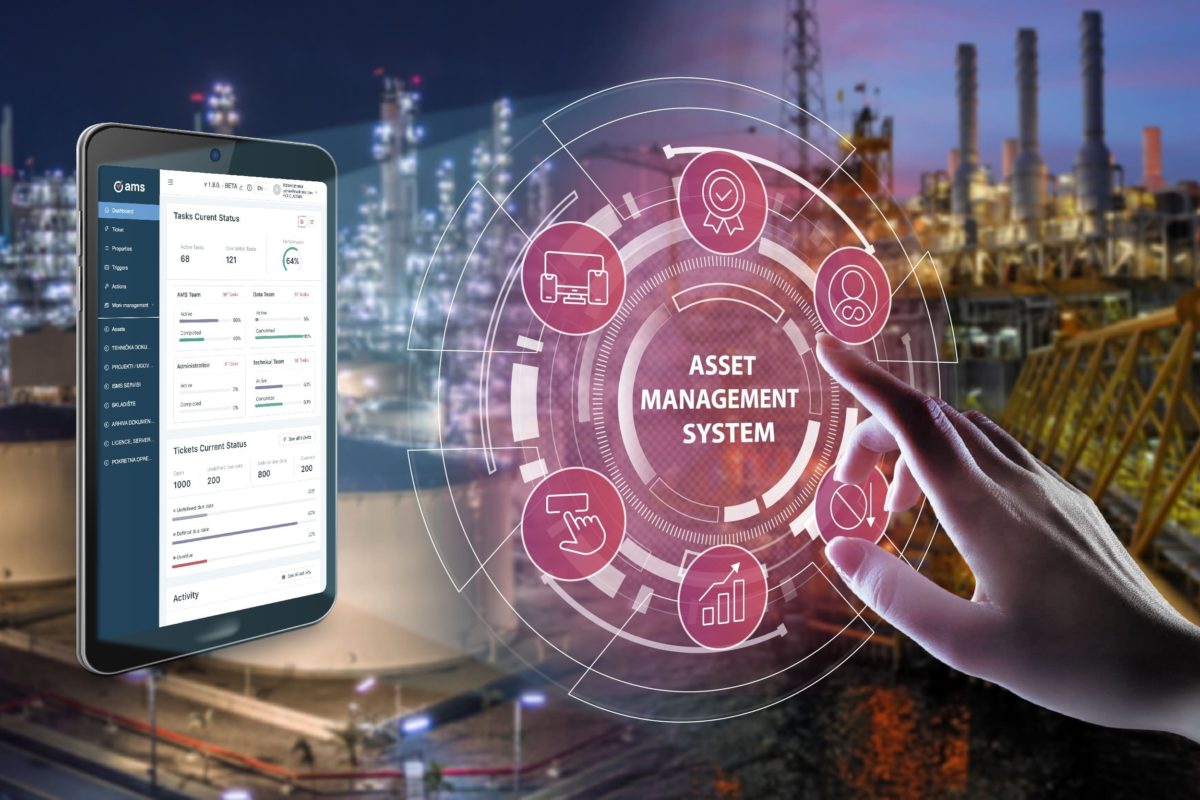Poor asset integrity management can lead to various environmental risks, including spills of hazardous substances, leaks of greenhouse gases, methane emissions, and contamination of soil and water sources.
In oil and gas industry, sustainability and environmental responsibility are becoming increasingly important for asset integrity and operational strategies.
These incidents can cause significant environmental damage, harm local ecosystems, and pose health risks to surrounding communities. Furthermore, they can result in regulatory fines, legal liabilities, and damage to an organization’s reputation, highlighting the importance of sustainable asset integrity management practices.
Professionals in this sector need to understand how these principles integrate with asset integrity, not only for regulatory compliance but also for long-term profitability and maintaining a good reputation.
This blog post delves into innovative strategies and technologies revolutionizing asset integrity, ensuring operational excellence and environmental sustainability.
What is meant by asset integrity?
Asset integrity in the oil and gas industry refers to ensuring that equipment, facilities, and structures used in the exploration, production, refining, and transportation of Oil and Gas maintain their safety, reliability, and efficiency throughout their operational life.
It involves identifying, assessing, and managing potential risks and integrity threats to prevent accidents, environmental incidents, and production disruptions.
Ensuring asset integrity is critical in industries such as oil and gas, manufacturing, and energy, where equipment reliability and safety are important.
Why is sustainability important in asset integrity, and how can it be achieved?
Sustainable practices in asset integrity management contribute to environmental conservation and enhance operational performance. By adopting eco-friendly techniques, organizations can reduce resource consumption, minimize waste, and lower emissions.
Maintaining asset integrity management ensures reliable operation, minimizing the risk of environmentally impactful leaks, spills, or failures. As the world faces urgent environmental challenges, companies are increasingly turning to integrating sustainability into their asset management practices.
This approach benefits the environment, provides economic and operational advantages, and improves efficiency. The goal is to extend the useful life of assets and reduce the need for premature replacement.
Implementing tracking and control systems can help companies identify and correct operational problems before they become major sources of waste and pollution.
How do environmental regulations influence asset integrity management?
Ensuring that assets adhere to relevant industry standards and government regulations is fundamental to oil and gas operations. Compliance is a legal obligation critical to maintaining safety and environmental stewardship.
Adhering to these standards ensures that all equipment, processes, and procedures meet the stringent requirements designed to protect workers, communities, and the environment.
For instance, regulations often mandate regular maintenance and inspection of equipment to prevent leaks and spills that could lead to catastrophic environmental damage. Compliance with safety regulations minimizes the risk of accidents and injuries, fostering a safer working environment.
It also has a reputational benefit. Companies known for their rigorous compliance are more likely to gain the trust of stakeholders, including investors, partners, and the public. Maintaining compliance with industry standards and government regulations is good practice and essential for sustainable and responsible operation.
Key strategies that are transforming asset integrity through sustainability
Predictive maintenance and IoT integration
Advanced monitoring systems, such as IoT (Internet of Things) sensors and predictive analytics, enable real-time monitoring of asset conditions and early detection of potential issues.
Sensors embedded in the equipment collect temperature, pressure, and vibration data. The power of predictive analytics is harnessed to forecast potential failures before they occur, enabling timely maintenance that prevents environmental incidents and ensures the system’s security.
By preventing unexpected failures, companies can extend the lifespan of their assets and reduce the need for frequent resource replacements. This proactive approach preserves asset integrity and minimizes environmental footprint by reducing unplanned downtime and resource wastage.
Material selection and corrosion control
Selecting the right materials is crucial for asset longevity and environmental protection. Advanced coatings and cathodic protection systems further enhance the durability of assets, preventing environmental contamination.
While corrosion-resistant materials are potentially more expensive upfront, they can reduce the need for frequent replacements and minimize the risk of leaks and spills.
While initial investments in advanced technologies, corrosion-resistant materials, and sustainable practices may be higher, they often lead to cost savings over time through improved efficiency, reduced downtime, reduced need for frequent replacements, avoiding costly environmental incidents, and minimizing leaks.
Example of a sustainable practice in asset integrity management
The AMS software is a centralized platform that allows for a detailed overview, search, and editing of company assets. It also displays asset related statistics and reviews planned activities.
Based on advanced analytics, the Asset Management System (AMS) enables systematic planning of preventive and predictive maintenance procedures and eliminates potential disruptions to operational and technological processes.
One of the core components of AMS is the prevention of equipment failures and the mitigation of potential risks associated with industrial operations.
Through practices such as predictive maintenance and risk-based inspection, AMS software helps identify issues before they lead to equipment breakdowns.
This proactive approach extends the lifespan of assets and significantly reduces the risk of incidents that could result in environmental pollution, such as oil spills, chemical leaks, or the release of other hazardous materials. As a result, the overall environmental impact is minimized, and asset reliability is improved.
What are the future trends in sustainable asset integrity management
Future trends in sustainable asset integrity management include:
- increasing use of artificial intelligence (AI) and machine learning to predict and prevent asset failures,
- integrating sustainability metrics into asset management strategies,
- adopting circular economy principles.
ESG integration: ESG factors are now integral to investment decisions, as companies with strong ESG practices are seen as more resilient and successful. This approach helps identify risks and opportunities, improving long-term performance.
ESG regulations are government standards for ESG-related actions, reporting, or disclosures. ESG stands for environmental, social, and governance. It is a framework for evaluating a company or investment’s sustainability and ethical impact.
Sustainable asset integrity management and corporate social responsibility (CSR)
Sustainable asset integrity management is a critical component of corporate social responsibility (CSR) as it demonstrates an organization’s commitment to protecting the environment and ensuring the safety and well-being of its employees and the community.
Businesses that proactively manage their assets with an eye toward environmental impact contribute to a healthier planet and build trust and goodwill among customers, investors, and the community.
This alignment with CSR enhances a company’s reputation as a responsible and sustainable entity, opening up opportunities for growth, partnerships, and customer loyalty.
The global push for sustainability
The global push for sustainability has significant implications for the oil and gas industry. Stakeholders, including governments, investors, and the public, now demand greater environmental accountability. Companies must adapt by incorporating sustainable practices into all aspects of their operations.
Asset integrity—ensuring assets perform effectively and safely without compromising health, safety, or the environment—is critical for enhancing sustainability.
For oil and gas industry professionals, integrating sustainability and environmental considerations into asset integrity is a regulatory and strategic imperative.
By adopting advanced technologies, implementing proactive maintenance strategies, and engaging with stakeholders, companies can enhance the reliability and longevity of their assets while minimizing their environmental footprint. This approach contributes to environmental protection and ensures the industry’s resilience and competitiveness in an increasingly sustainability-focused world.






 Hrvatski
Hrvatski